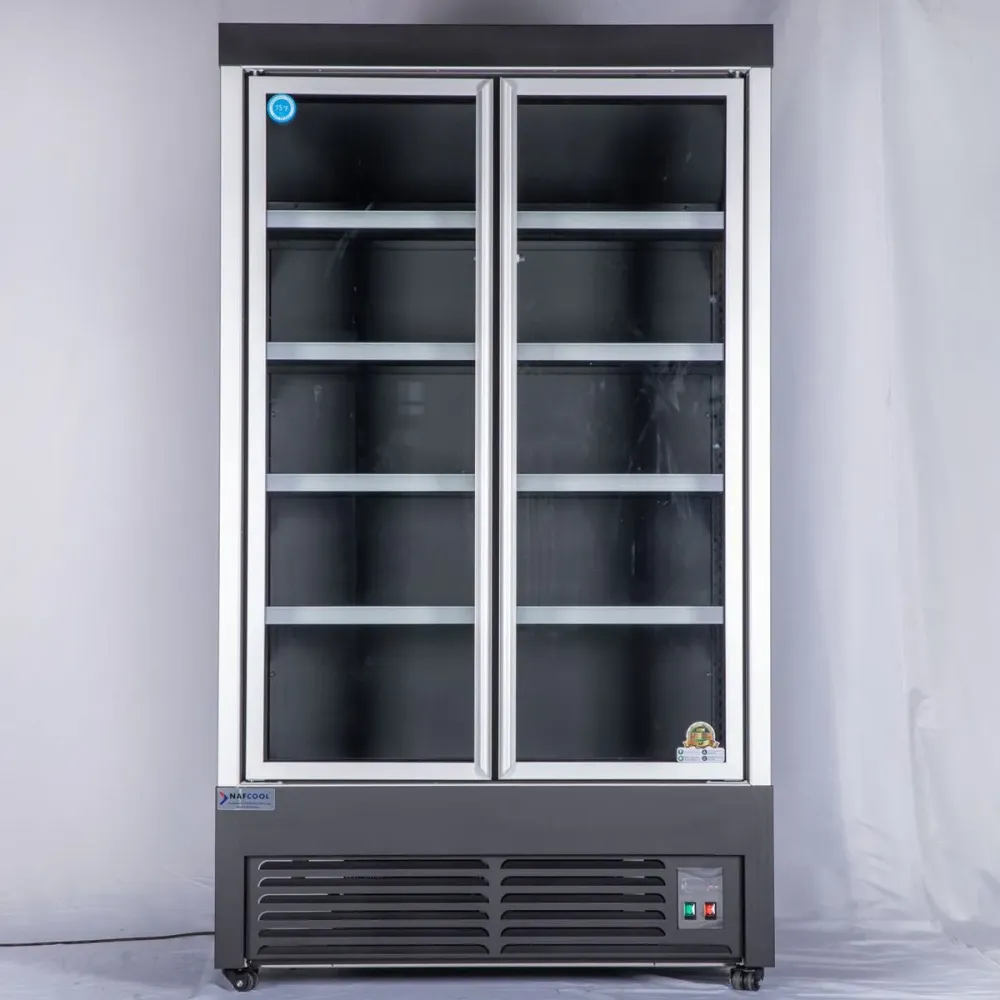Your cart is empty
Mastering Merchandising in OSRS: A Comprehensive Guide

Merchandising in Old School RuneScape (OSRS) is a crucial skill for players looking to maximize their in-game profits. It involves buying and selling items strategically to take advantage of market fluctuations. This guide will explore the fundamentals of merchandising, helping players understand how to navigate the dynamic economy of Gielinor effectively. By mastering these techniques, players can enhance their wealth and acquire the rare items they desire.
The Grand Exchange is the central marketplace in OSRS, located in Varrock. It allows players to buy and sell items with ease, making it an essential tool for merchandising. Players can set their own prices or accept offers from others, creating a dynamic trading environment. Understanding how the Grand Exchange functions is vital for successful merchandising.
To begin, players can access the Grand Exchange by interacting with a clerk. The interface displays a wide range of items, categorized for easy navigation. Players can search for specific items or browse by category. Each item has an average price, which fluctuates based on supply and demand. Keeping an eye on these trends is crucial, as prices can change rapidly.
Effective merchandising involves buying low and selling high. To achieve this, players should familiarize themselves with the current market trends. Tools like price-checking websites or community forums can provide insights into which items are trending. Additionally, understanding the seasonal demands, such as holiday events or updates, can significantly impact item prices. For example, items related to in-game events often see a spike in demand.
Another key aspect of the Grand Exchange is the concept of “flipping.” This involves purchasing an item at a lower price and selling it at a higher price within a short time frame. Successful flipping requires careful monitoring of price changes and a willingness to act quickly. Players should also consider the transaction fees associated with buying and selling, as these can eat into profits.
Lastly, patience is essential in merchandising. Not every item will sell immediately, and some may take time to appreciate in value. Keeping a diverse portfolio of items can help mitigate risks associated with market fluctuations. By understanding the Grand Exchange and employing effective merchandising strategies, players can build their wealth in OSRS and enjoy a more fulfilling gaming experience.
Essential Tips for Successful Merchandising

Merchandising in Old School RuneScape (OSRS) can be a rewarding endeavor if you approach it with the right strategies. Here are some essential tips to help you succeed:
- Know Your Market: Understanding the market trends in OSRS is crucial. Keep an eye on item prices, demand, and supply. Websites like the OSRS Grand Exchange provide valuable data for tracking item fluctuations.
- Utilize Price Checkers: Use price-checking tools or spreadsheets to monitor the average price of items over time. This will help you make informed decisions about when to buy and sell.
- Diversify Your Inventory: Don’t put all your eggs in one basket. Invest in a range of items rather than focusing on just one. This reduces risk and increases your chances of profit.
- Take Advantage of Events: Seasonal events or updates can significantly affect item prices. Be aware of these changes and stockpile items before events to maximize profits.
- Be Patient: Successful merchandising requires patience. Don’t rush to sell your items; wait for the right moment when prices are high.
By following these tips, you’ll be well on your way to mastering the art of merchandising in OSRS!
Identifying Profitable Items to Merch

Finding profitable items to trade in OSRS can feel like a treasure hunt. Here are some strategies to help you identify those golden opportunities:
- Check the Grand Exchange: Look at the Grand Exchange for trending items. Items with high trade volumes often indicate a strong market demand.
- Monitor Skill-Related Items: Items related to popular skills like Prayer, Smithing, and Crafting tend to have stable demand. Keep an eye out for materials like ores, logs, and potions.
- Focus on Rare Items: Rare items or discontinued items often have higher value. Items like party hats or holiday items can yield significant profits if you manage to get your hands on them.
- Follow Influencers: Pay attention to OSRS streamers and YouTubers. They often highlight trending items or methods that can lead to profitable merchandising opportunities.
- Analyze Combat Gear: High-level combat gear tends to sell well, especially during updates or events that increase player engagement in combat. Items like Dragon and Barrows gear are usually in demand.
By employing these strategies, you can effectively identify profitable items to merchandise in OSRS, enhancing your gaming experience and bank balance!
Analyzing Market Trends and Prices
Understanding market trends and prices is crucial for anyone looking to master merchandising in Old School RuneScape (OSRS). The market in OSRS is dynamic and can change rapidly based on player behavior, updates, and in-game events. Here are some key points to consider:
- Price Fluctuations: Prices for items can fluctuate significantly. Regularly check the Grand Exchange or use third-party websites to track price histories.
- Seasonal Trends: Certain items may rise or fall in value based on seasonal events, such as holiday items during festive periods or specific gear before boss events.
- Supply and Demand: The basic economic principle of supply and demand is crucial. If an item is in high demand but low supply, its price will likely increase.
- Player Updates: Keep an eye on game updates. New content can introduce new items or change the desirability of existing ones, impacting their market value.
- Competitor Analysis: Observe what other players are selling and their pricing strategies. It can give you insight into the market’s competitive landscape.
To effectively analyze market trends, consider creating a simple spreadsheet to track item prices over time. This will help you visualize trends and make informed decisions about when to buy or sell.
Strategies for Buying Low and Selling High
Mastering the art of buying low and selling high is essential for maximizing profits in OSRS merchandising. Here are effective strategies to help you achieve this:
- Invest in Knowledge: Stay informed about the game. Knowledge of updates, popular items, and player preferences can guide your buying and selling decisions.
- Flip Items: Focus on flipping items that are frequently traded. Purchase items at a low price and quickly sell them at a slightly higher price.
- Utilize Grand Exchange Features: Use the Grand Exchange‘s built-in tools to monitor price changes. Set alerts for price drops on items you’re interested in.
- Buy During Low Traffic Times: Purchase items when fewer players are online. Prices tend to be lower during these times as sellers may be more eager to offload their inventory.
- Identify Undervalued Items: Look for items that are currently undervalued due to temporary market conditions. These can be gold mines when their prices rebound.
By applying these strategies consistently, you can enhance your merchandising skills and achieve greater success in OSRS. Remember, patience and careful analysis are key to becoming a proficient merchant.
Common Mistakes to Avoid When Merchandising
Merchandising in Old School RuneScape (OSRS) can be a rewarding endeavor, but it’s easy to trip up along the way. Here are some common mistakes to steer clear of:
- Neglecting Market Research: Before diving into buying or selling items, take the time to research current market trends. Ignoring this can lead to significant losses.
- Overpricing Items: Setting prices too high can scare away potential buyers. Always compare your prices with similar listings to ensure competitiveness.
- Underestimating Supply and Demand: Failing to recognize how the game’s updates or events affect item demand can result in poor purchasing decisions.
- Ignoring Competition: Keeping an eye on what other players are doing is crucial. If you overlook competitors’ strategies, you might miss out on profitable opportunities.
- Rushing Transactions: In the heat of the moment, players often rush to make trades. Take a moment to consider if it’s a fair deal before finalizing a transaction.
- Failing to Diversify: Putting all your gold into one item can be risky. Diversifying your inventory helps mitigate losses if a particular item’s value drops.
- Not Keeping Records: Tracking your profits and losses is vital. Without proper records, it’s hard to understand what works and what doesn’t.
Avoiding these mistakes can significantly enhance your merchandising experience in OSRS, leading to greater success and profits.
Using Tools and Resources for Enhanced Merchandising
To become a successful merchant in OSRS, leveraging various tools and resources can give you a significant edge. Here’s how:
- Price Check Websites: Websites like GE Tracker and OSRS Box provide real-time price data and historical trends that can help you make informed decisions.
- Discord Servers: Joining OSRS-focused Discord servers allows you to stay updated with the latest market news and get instant feedback from the community.
- Grand Exchange Database: Utilize the Grand Exchange‘s built-in database to check current prices and track item trends over time.
- Spreadsheet Tools: Creating or utilizing existing spreadsheets can help you maintain records of your transactions, profits, and losses to analyze your performance.
- Social Media Groups: Engaging with groups on platforms like Reddit or Facebook can provide insights and tips from experienced players.
- Merchandising Guides: There are numerous guides available online that can provide additional strategies and tips specific to OSRS merchandising.
By integrating these tools and resources into your merchandising strategy, you’ll enhance your ability to make informed decisions, leading to a more profitable experience in OSRS.
Mastering Merchandising in OSRS: A Comprehensive Guide
Merchandising in Old School RuneScape (OSRS) is a lucrative way to maximize profits and enhance your gameplay experience. By understanding market dynamics and employing strategic buying and selling techniques, players can effectively navigate the Grand Exchange to become successful merchants.
To master merchandising, consider the following key concepts:
- Understanding Market Trends: Keeping an eye on item prices and fluctuations is crucial. Utilize tools like price-checking websites and OSRS price trackers to identify trends.
- Choosing the Right Items: Focus on items that have high demand and low supply. Common choices include:
| Item | Category | Typical Profit Margin |
|---|---|---|
| Dragon Scimitar | Weapons | 5-10% |
| ZGS (Zamorak Godsword) | Weapons | 10-15% |
| Potion Supplies | Potions | 2-8% |
Effective Buying and Selling: Always buy items at a low price and sell them at a higher price. Use the Grand Exchange to check the current prices before making any transactions. Timing your trades can also significantly impact your profit margins.
Networking: Building relationships with other players can provide valuable insights into market trends and potential deals. Join merchanting clans or communities to share tips and strategies.
Patience and Consistency: Successful merchandising takes time. Be patient, and don’t rush into trades. Consistently monitor the market to make informed decisions.
Conclusion: Becoming a successful mercher in OSRS requires a combination of market knowledge, strategic planning, and patience. By applying these principles, players can not only enhance their wealth but also enjoy a rewarding gaming experience.
